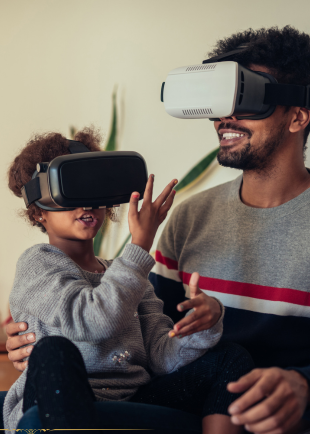Discover how wearable health devices are transforming patient care through real-time monitoring, early detection, and personalized treatment in modern healthcare.
Revolutionizing Patient Care with Wearable Health Devices
The landscape of healthcare is rapidly evolving, and wearable health devices are playing a pivotal role in this transformation. No longer limited to counting steps or tracking calories, these intelligent gadgets are now integral to patient care, offering real-time monitoring, early diagnosis, and personalized treatment solutions that are improving lives around the globe.
One of the most significant contributions of wearable health technology is real-time health monitoring. Devices such as smartwatches, fitness trackers, and biosensors continuously collect data on vital signs including heart rate, oxygen levels, sleep patterns, and physical activity. This data, once only available through clinic visits, is now accessible anytime, empowering both patients and healthcare professionals to make informed decisions instantly.
For patients with chronic conditions such as diabetes, hypertension, or cardiovascular diseases, wearable devices offer an extra layer of safety. Continuous glucose monitors, blood pressure sensors, and ECG-enabled smartwatches allow for proactive management of symptoms. Instead of waiting for quarterly doctor visits, patients can track their health daily, often avoiding complications and unnecessary hospital admissions.
In emergency scenarios, these devices can be life-saving. Wearables equipped with fall detection, abnormal heart rhythm alerts, or SOS features can instantly notify caregivers or emergency services. This rapid response capability ensures timely medical attention, especially for elderly or high-risk individuals who may be living alone.
Healthcare providers are also benefiting from the influx of data generated by wearables. With patient consent, doctors can access comprehensive health reports remotely, leading to more accurate diagnoses and customized treatment plans. This shift towards data-driven healthcare means interventions can be preventive rather than reactive, ultimately improving patient outcomes and reducing costs.
Moreover, wearable health devices are enhancing post-operative care and rehabilitation. Patients recovering from surgery or injury can be monitored for mobility, recovery progress, and medication adherence without needing frequent hospital visits. This reduces the burden on healthcare facilities while ensuring consistent patient support.
The rise of artificial intelligence and machine learning is further amplifying the impact of wearables. Predictive analytics can identify health trends and potential risks before they become critical. For instance, an AI-powered wearable might alert a user about an irregular heartbeat days before a cardiac event, enabling timely preventive care.
However, the integration of wearable devices in mainstream healthcare does come with challenges. Data security and privacy remain top concerns. With sensitive personal health data being transmitted and stored, manufacturers and healthcare systems must enforce stringent cybersecurity measures and comply with health data regulations. User adoption is another hurdle, as some patients—particularly older adults—may find the technology intimidating or difficult to use. Therefore, user-friendly design and adequate training are essential for widespread adoption.
Looking ahead, the future of wearable health technology is immensely promising. Innovations like smart clothing, implantable sensors, and biofeedback devices are already being tested. These emerging technologies aim to offer even deeper insights into health patterns while maintaining comfort and accessibility.
In conclusion, wearable health devices are no longer futuristic concepts—they are redefining how care is delivered and experienced today. By bridging the gap between patients and providers, these technologies are helping to build a healthcare ecosystem that is more responsive, personalized, and effective. As adoption grows and technology advances, wearable health devices will continue to revolutionize patient care in ways we are just beginning to understand.











